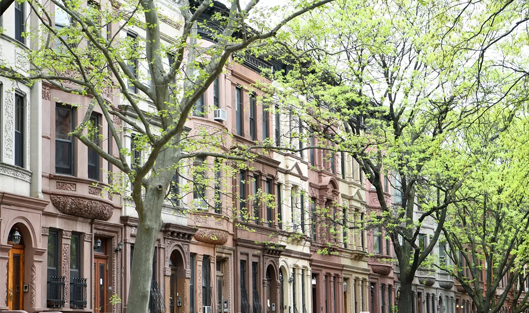
Real estate in Manhattan is likely to turn over
As New rental rates have risen for the first time in over a year and after the collapse of Covid, sales activity began to grow up.
The large drop in rental prices attracts new tenants back to the city, despite the fact that office workers and wealthy New Yorkers remain out of town. Moreover, new rental rates in Manhattan in October increased by 33% over the last 12 years.
Typical flat rents, including discounts, or median net effective rents, fell 19% year-on-year to $2,868, a record drop. Smaller flats, which serve younger tenants, fell the most. The price of one-room flats decreased by 21%, while the price of one-room flats decreased by 19%.
Douglas Elliman Chief Executive Officer Dottie Herman said: "I think we are at a turning point where the consumer is starting to return to the city".
However, Manhattan Real Estate still has problems with COVID-19. In October, there were around 16,000 non-rented flats. The vacancy rate, which is usually around 2%, now exceeds 6%. All of this means that landlords will have to reduce rental fees to attract new people from the countryside to the city.
Lessors now give more than two months of free rent. Flats have 33 days on the market, compared to 26 days last year.
Also, even the market in Manhattan is starting to get worried after dark spring and summer. Brokers say that elections and the latest news about the vaccine have unleashed a spike in shows, requests and interest from buyers.
Brokers say that prices in the markets have barely fallen, but on the contrary, rental prices have risen. Discounts of 5-10% are enough to attract new buyers.
With an average rental price of $3,200 for a one-room flat, it is more than twice the American average. Manhattan will not soon be available to most young people. Although experts say that growth may start slowly but surely recover across the country in October.






